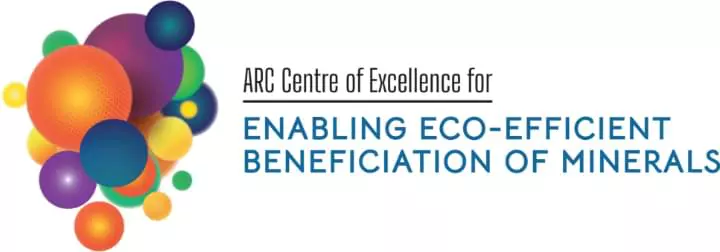Date: 1st September 2021
Kathryn Hadler - Mineral processing on the Moon: Why it is necessary and what we can learn.
Space exploration is currently unsustainable; not only must all hardware be supplied from Earth, so too must all consumables. The use of space resources to provide fuel, habitation and materials critical to support human life will unlock the full potential of space exploration, enabling humans to travel further and to spend longer in space. The production of oxygen from lunar soil, or regolith, has received particular attention in recent years as it can be used both for life support and propellant for further missions. A wide range of chemical extraction processes to produce oxygen from lunar regolith have been developed. The overall flowsheet is, however, similar to that of terrestrial metal production from a mined ore. The process flowsheets both include excavation and beneficiation of the regolith or ore to provide the feedstock for the chemical extraction of oxygen or metal.
The beneficiation stage is often overlooked in Space Resource Utilisation (SRU), in part due to a lack of understanding of the effects of feedstock variability on downstream operations. The challenges of handling and manipulating lunar regolith in situ are numerous – on Earth, separating mineral particles by size at 50 µm without water is difficult. On the Moon, the environmental conditions and particle characteristics increase the complexity significantly.
We are addressing the challenges of the beneficiation of lunar regolith by combining terrestrial mineral processing expertise with the specific needs of SRU, specifically size classification and electrostatic separation. In turn, this provides a fresh perspective for mineral processing on Earth.

